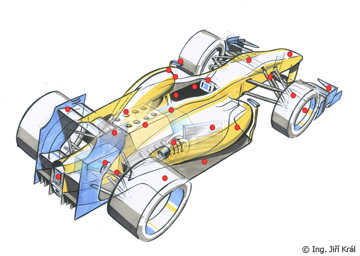Rear Wheels Suspension
mirek | 7.6.06 | Zadnà závěs kol
F1 constructor
The suspension's task is not only to copy the small bumps of the road surface to ensure the best grid, but also to limit the load the chassis has to take. The spring components absorb the shocks from the road providing thus the protection to the wheel suspension and the whole chassis, which would otherwise be under too much bending or torsional stress. Especially in the cases like driving over kerbs the dynamic stress would be so high that it would inevitably lead to the structural damage of the chassis. Although the springing allows the chassis to "breathe", at the same time it must be firm enough to avoid swinging of the car. Aerodynamics plays an important role at F1 cars, mainly the airflow under the car. It is the desire of the constructors then to maintain the constant clear height to keep the airflow stabile. That was once the purpose of so called active suspension. However, it is not allowed nowadays, so the constructors must find compromise it the suspension stiffness. Apart from the springs and shock absorbers, the part of F1 suspension is also the torsion bar. Its function is to stabilize the chassis when changing the turning radius, i.e. when entering an opposite oriented corner. The wheel springback is transferred to the spring elements by means of the push-rod and bell crank. The torsion bar is, mainly because of space, installed in the axis of rotation of the bell crank and its other end is mounted usually to the gearbox.
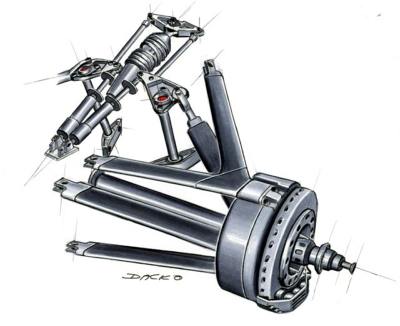 |
The arms, of course, allow the wheel to swing when it springs back at a certain curve, however their main task is to deal with the forces influencing the wheel during the movement. No matter if it is driving through a corner, acceleration or braking. The most striking differences at the rear suspension are the significantly forward angled arms designed to cope with the shifting forces occurring at the driven wheel as a result of the torque. The wish-bone design, but not so extreme, may be found also at the front wheels. Here it is important especially when turning the wheels, but also when braking and accelerating. The F1 axles are of wish-bone design as it allows only small changes of the tread and wheel geometry when springing back and swinging, which keeps the position of the wheel towards the road constant and practically does not alter the wheelbase. The constructors of cars, and even more the performance cars, strive to achieve as little unsprung mass as possible. The higher unsprung mass with its higher momentum does not follow the small irregularities of the road, which worsens the grip and consequently the overall driving performance. The springing components are part of such mass and therefore the constructors try to place them within the chassis. The inboard springing elements also improve the car's aerodynamics.
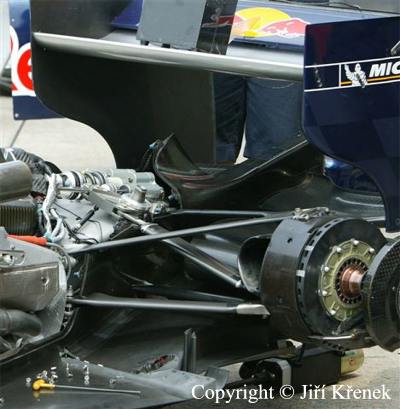 |
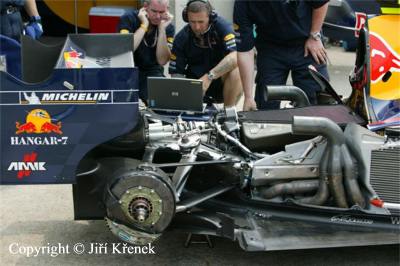 |
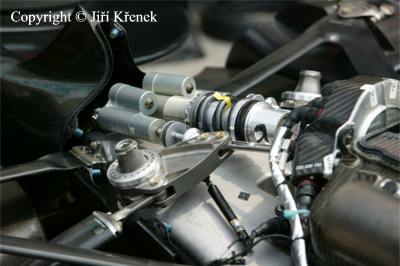 |




